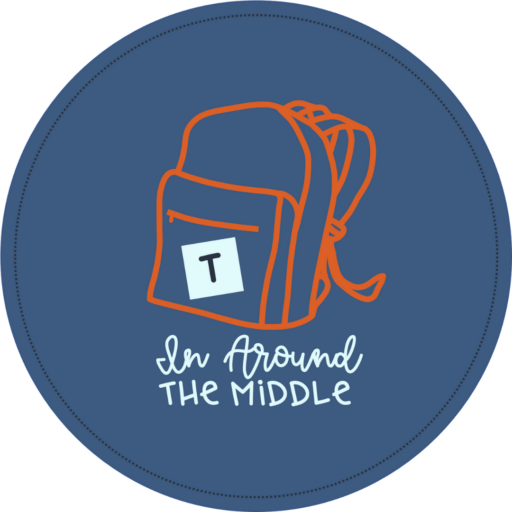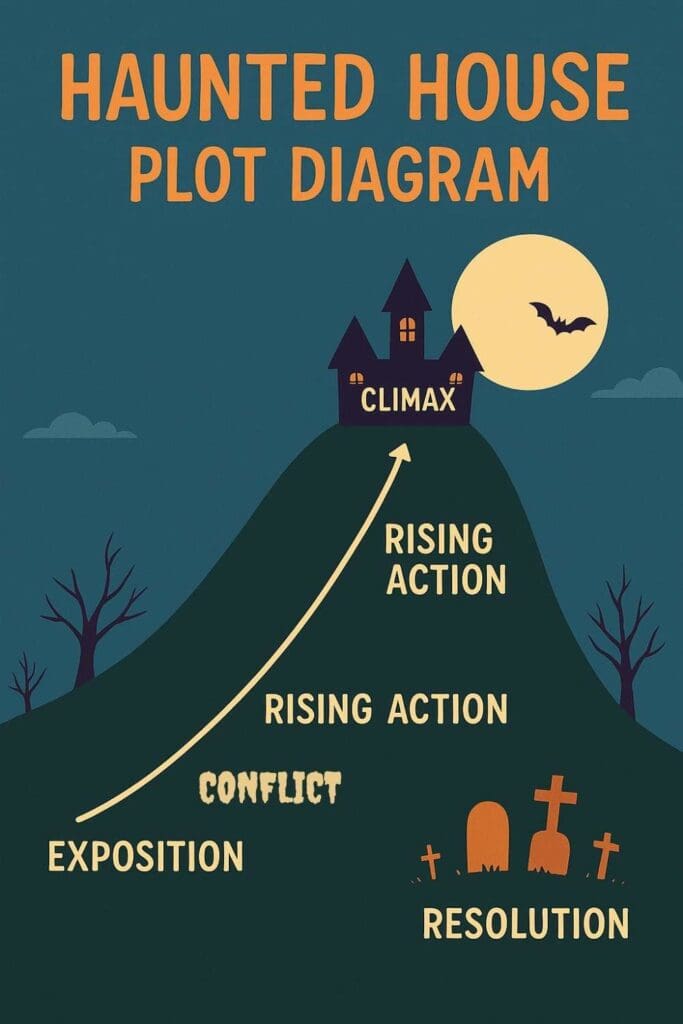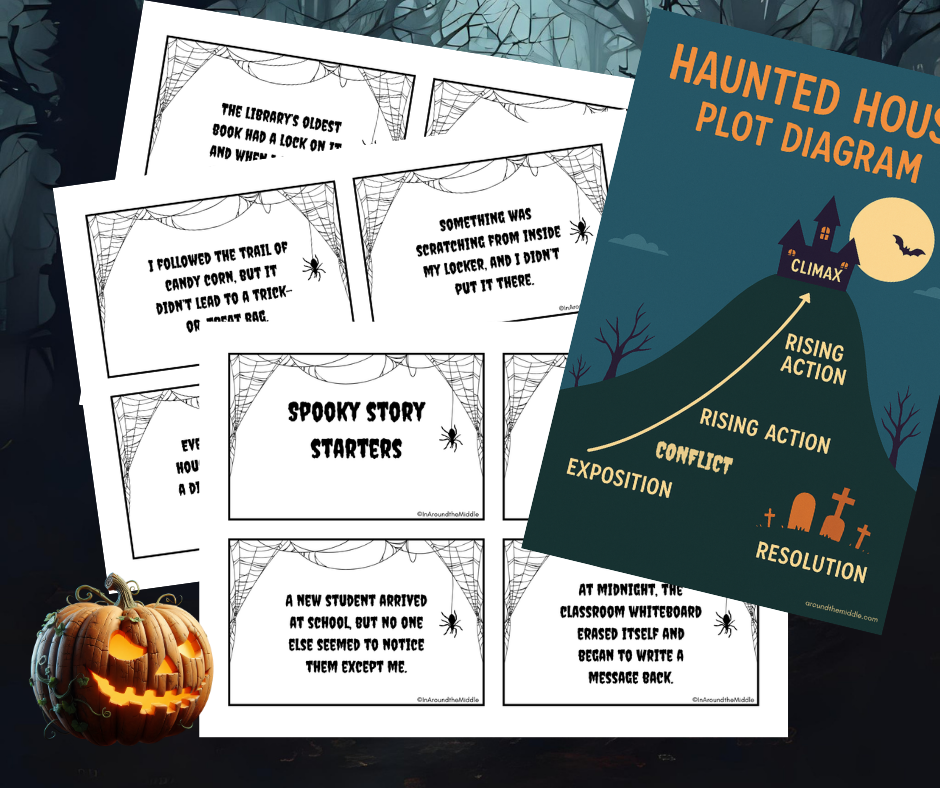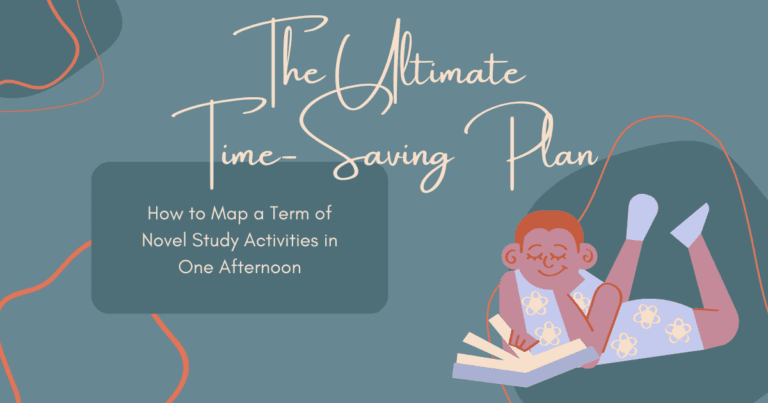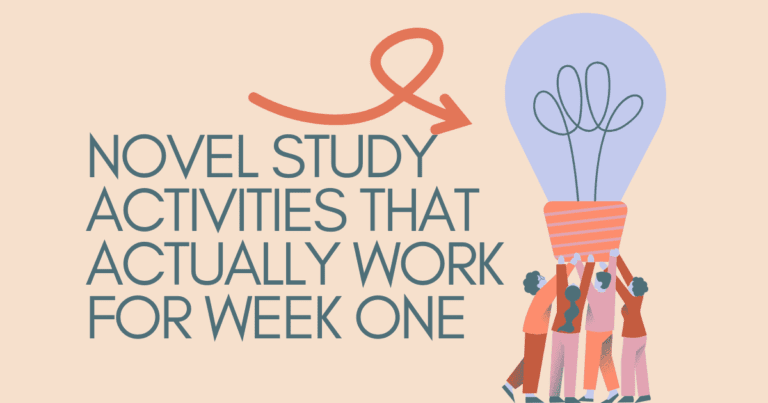Spooky Story Structure: Simple Halloween ELA Activities That Empower Creativity
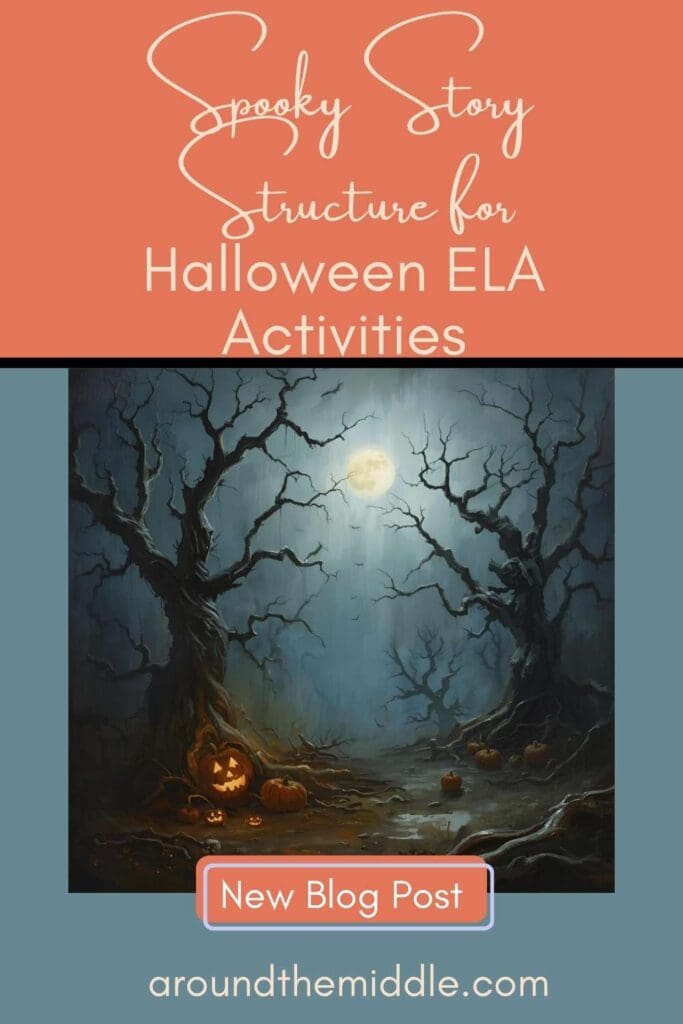
Once your students have crafted spooky openings with Part 1: Spooky Story Starters, Halloween ELA Activities, it’s time to guide them from wild ideas into well-structured stories. This is where Spooky Story Structure comes in—a seasonal way to practice narrative organization while keeping the fun of October alive.
These Halloween ELA activities focus on plot mapping with a fall twist. Students learn how to shape their suspense-filled ideas into full stories using classic narrative structure, all while working with Halloween-themed scenarios. The best part? These activities are no-prep, adaptable for grades 4–8, and give you instant seasonal engagement with strong skill-building.
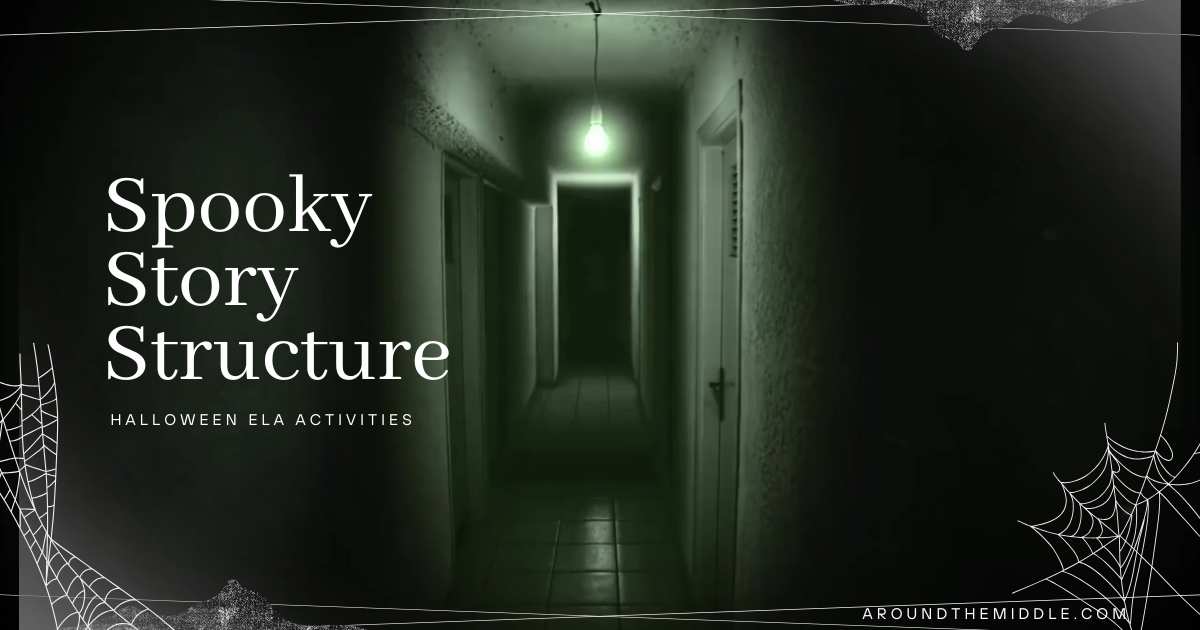
Why Teach Story Structure Through Halloween ELA Activities?
Upper elementary and middle school students love to write imaginative stories—but without guidance, many of those narratives wander, stall, or fizzle out. Plot mapping provides the structure students need to transform spooky beginnings into satisfying, complete tales.
- Keeps Stories on Track: Story arcs give students a clear roadmap from beginning to end.
- Teaches Narrative Elements: Students practice rising action, climax, and resolution within a theme they love.
- Builds Writing Confidence: Seasonal scaffolds make abstract writing skills concrete and memorable.
- Differentiates Easily: From simple graphic organizers to complex storyboards, activities adapt across grades 4–8.
When wrapped in the fun of Halloween ELA activities, story structure becomes far less intimidating—and a lot more exciting.an outlet for their seasonal excitement while keeping learning on track.
Step 1: Introduce Classic Story Structure
Start with a quick mini-lesson on the parts of a story:
- Exposition – Set the sceneStart with descriptive words that paint a spooky atmosphere.
- Introduce your main character quickly so readers care what happens.
- Drop a hint of mystery to hook the reader.
- Rising Action – Build suspense
- Add smaller problems, creepy details, or strange events.
- Use sensory language (what can be heard, smelled, or felt).
- Keep readers guessing—don’t give away the secret yet.
- Climax – The big reveal/turning point
- Make this the most intense or surprising part.
- Show how the character reacts—fear, bravery, shock.
- This is the “can’t stop reading” moment.
- Falling Action – Tension eases
- Start explaining or calming the situation.
- Tie up loose ends—how are characters responding?
- Keep the tone consistent (still spooky, but less intense).
- Resolution – The ending
- Decide on your ending style: scary twist, funny relief, or surprising resolution.
- Leave the reader with one last image or thought to remember.
- Don’t over-explain—let the mystery linger.

Anchor charts or simple Halloween images (haunted houses, pumpkins, mystery doors) can help students visualize how each part builds the next.
Step 2: Map the Plot (Halloween Style)
Hand out a seasonal plot diagram template or draw one on the board with a spooky twist. For example:
- A haunted hill rising up for the “rising action.”
- A haunted house rooftop as the climax peak.
- A graveyard slope leading to resolution.
Students take their spooky story starter and map out where each event belongs on the diagram. This helps them check pacing, balance, and completeness.
Step 3: Move from Mapping to Drafting your halloween ELA Activities
Once students have their fall-themed diagrams, it’s time to draft. Encourage them to:
- Revisit their original spooky prompt writing from Part 1.
- Flesh out characters and setting in the exposition.
- Use figurative language (similes, metaphors, personification) to increase suspense.
- Re-read their drafts to check for strong transitions between each plot stage.
This step turns a quick “spooky scene” into a complete narrative.
Free Resource for Teachers
Want a ready-to-use fall-themed plot diagram? Grab a free “Haunted Plot Mountain” graphic organizer to use with any narrative. Perfect for scaffolding spooky or seasonal writing projects across grades 4–8.
Extend the Fun with Interactive Halloween ELA Activities
After students map their stories, give them even more ways to engage with Halloween writing. My Halloween Figurative Language Scavenger Hunt pairs perfectly with narrative drafting—it encourages students to weave in figurative language as they move from plot map to polished story.
Looking for more? Explore my full range of Halloween ELA activities here—including scavenger hunts, task cards, and interactive literacy resources designed to save you prep time while keeping students engaged.
final Thoughts
October is one of the best times to lean into student excitement. With spooky story starters (Part 1) and story structure mapping (Part 2), you’ll give students a balance of creativity and rigor. They’ll walk away not just with fun Halloween tales—but with stronger narrative skills that last beyond the season.
Try these plot mapping ideas this week, and watch your students transform spooky beginnings into polished, complete stories.
Don’t forget to join my newsletter to keep up to date on my latest tips and freebies.
Happy Teaching!
